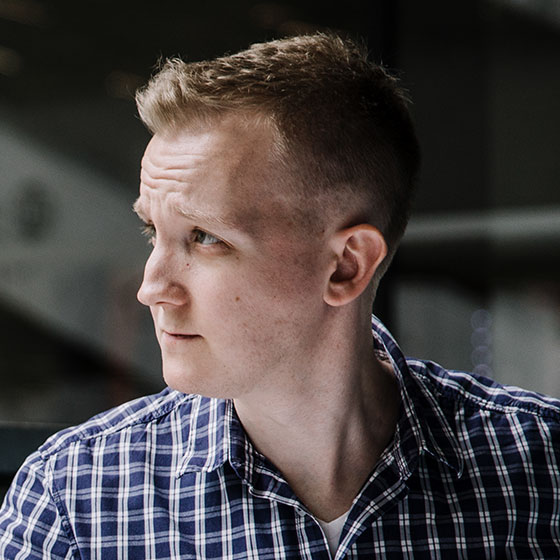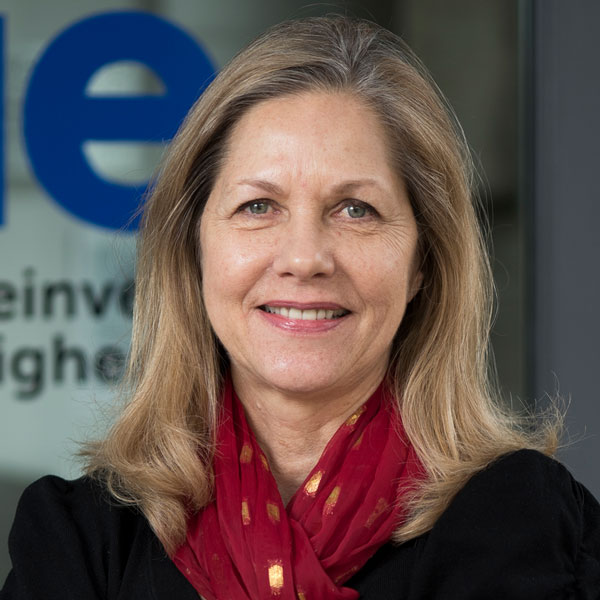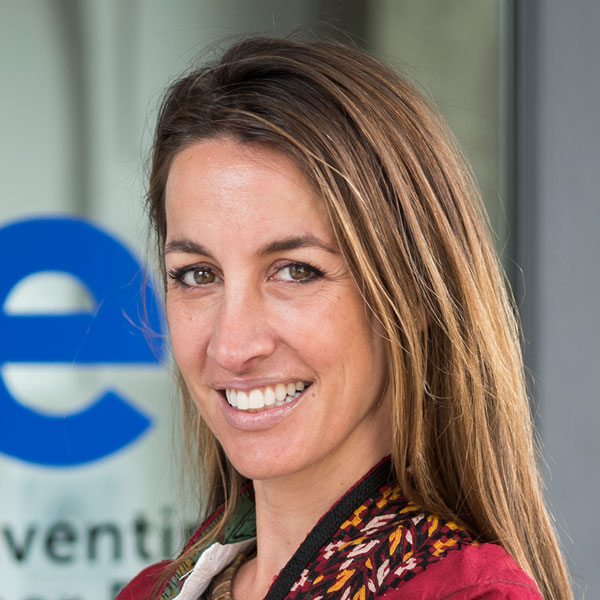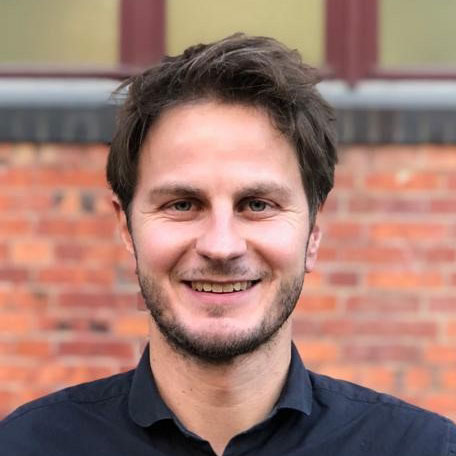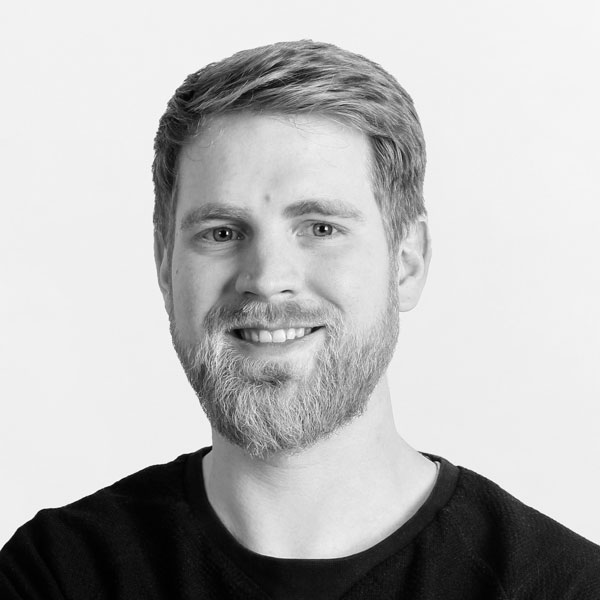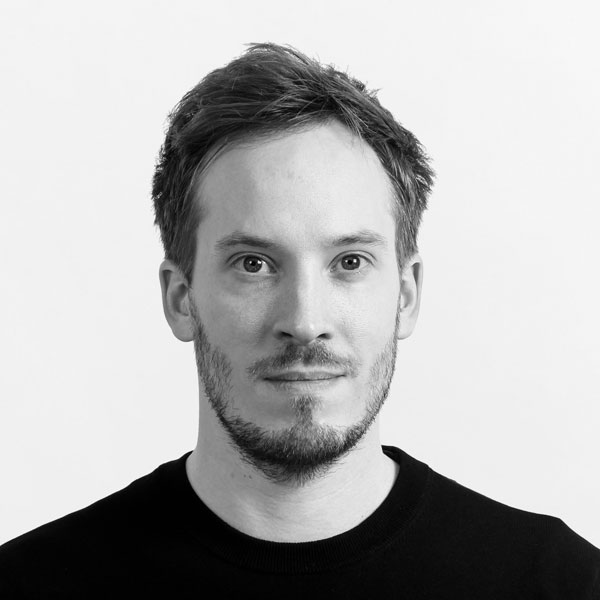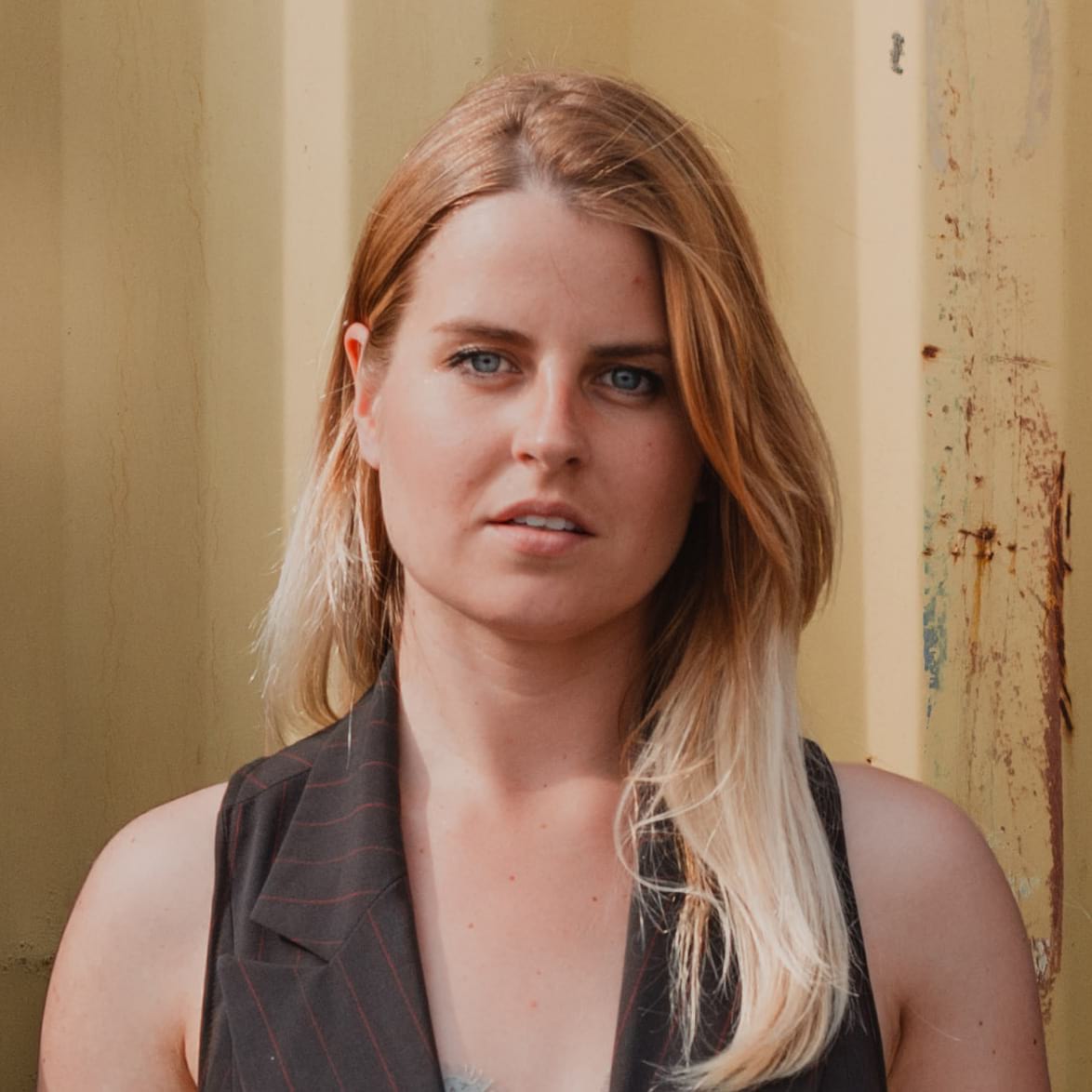Do you want to get into the heads of the top initiators and performers from the architectural community? If so, we heartily welcome you to Archipreneur Insights! In this interview series, we talk to the leaders and key players who have created outstanding work and projects within the fields of architecture, building and development. Get […]

Bruno Haid
Founder & CEO
Roam
New York City
Bruno Haid is founder and CEO of Roam. He grew up in hospitality, in a tiny Austrian village, built a couple of startups and led large-scale projects for corporates like McKinsey, BMW or Swarovski.
He’s also a founding tenant of co-living spaces on 3 continents, and writes something about housing and hospitality on Medium approximately every decade, but wants to get better at it.
Bruno Haid’s perfect Roam location is directly bordering a Canadian mountain range, a beach in central America, the New York MTA system and a good resolution of his childhood issues.
Roam is a network of global coliving spaces that provide everything you need to feel at home and be productive the moment you arrive. Strong, battle-tested wifi, a coworking space, chef’s kitchen and a diverse community.
Articles featuring Bruno
Breaking the Mold in Architecture with Alexis Dornier
Welcome back to Archipreneur Insights, the interview series with leaders who are responsible for some of the world’s most exciting and creatively disarming architecture. The series largely follows those who have an architectural degree but have since followed an entrepreneurial or alternative career path but also interviews other key players in the building and development […]

